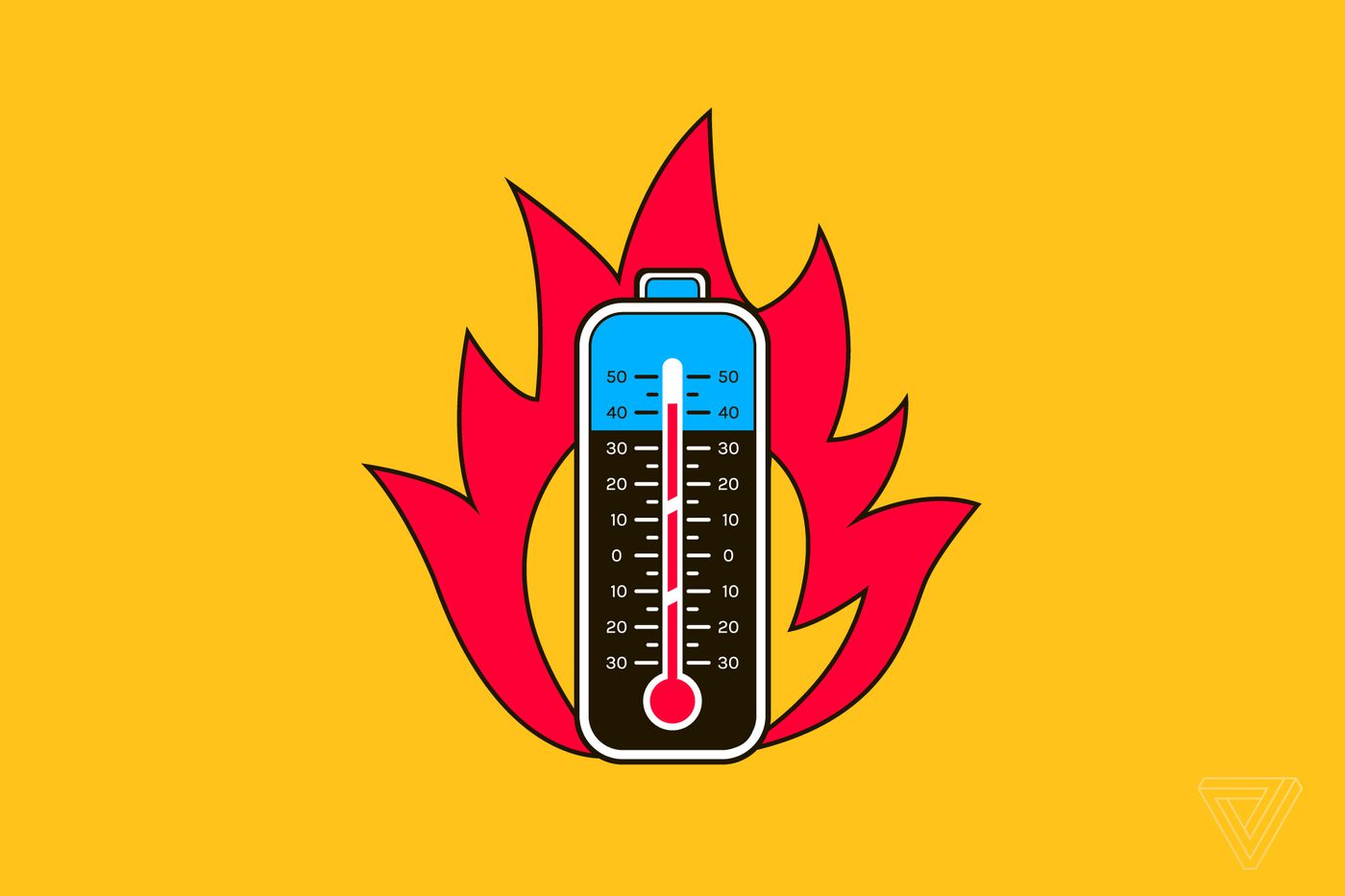
The global lithium-ion (Li-ion) battery market is expected to grow at a CAGR of 16.4%, from USD 44.2 billion in 2020 to USD 94.4 billion in 2025 [Source]. Factors driving the li-ion battery market growth include increasing demand for – electric vehicles, lithium-ion batteries for industrial applications, power storage, connected and IoT-based devices, and automation and battery-operated material-handling equipment in industries.
Now try to understand a bit about battery manufacturing. 65% of a battery cost is cell manufacturing. 35% is assembly. In the cost structure of cell, 35% is the cathode, 15% anode, 25% is the cell assembly, and 25% is the others like electrolyte and separators. The negative (anode) is cast mainly on the copper foil, whereas the positive (cathode) is cast on aluminum foil. A thin electron-insulating layer -separator. The Li-ion battery value chain consists of the four main stages, which include extraction and production of raw materials, cell component (electrodes) manufacturing, cell assembly, and, finally, recycling.
The primary raw materials required for the cathode in cell manufacturing, which makes 35% of a cell cost and 10% of total EV cost, are Cobalt, Nickel, Lithium, and Manganese. Democratic Republic of Congo dominates over 60% of world’s Cobalt mining. The rising demand led to a 300% increase in Cobalt prices between 2016 and 2018. Lithium is controlled by 3 countries: Australia, Chile, and Argentina. Nickel supply is more fragmented: Brazil, Russia, South Africa, and Canada. But the challenge is that only “1st grade Nickel” is suitable for batteries, the availability of which, is limited.
Cathode forms 35% of cell cost. Aluminium foil is used as a current collector for cathodes in Li-ion cells. The main cathode active materials used in Li-ion battery cells are Lithium Cobalt Oxide (LCO), Lithium Nickel Manganese Cobalt Oxide (NMC), Lithium Nickel Cobalt Aluminium Oxide (NCA), Lithium Manganese Oxide (LMO), and Lithium Iron Phosphate (LFP).
Anode forms 15% of cell cost. Copper foil is used as a current collector for anodes in Li-ion cells. To be successful in this stage, players must force cost reduction to ensure competitiveness. This can be achieved through the improvement of all electrode manufacturing steps.